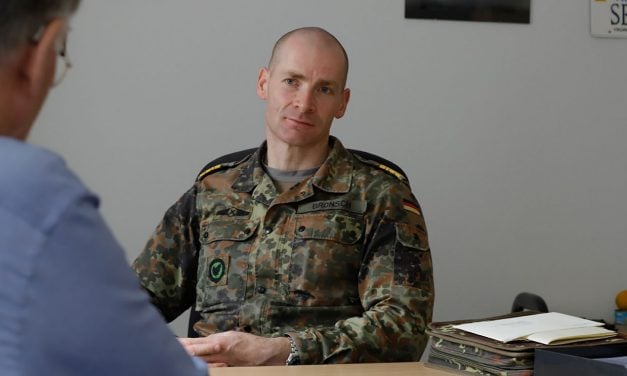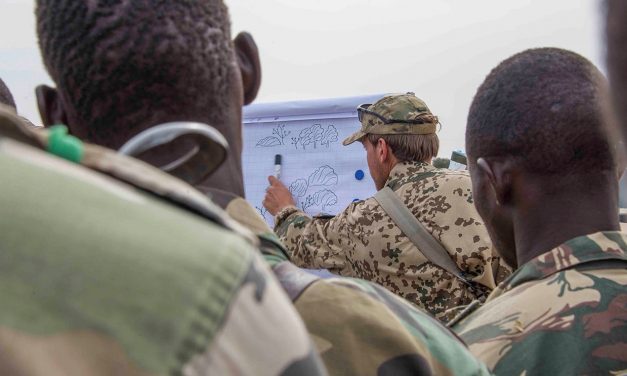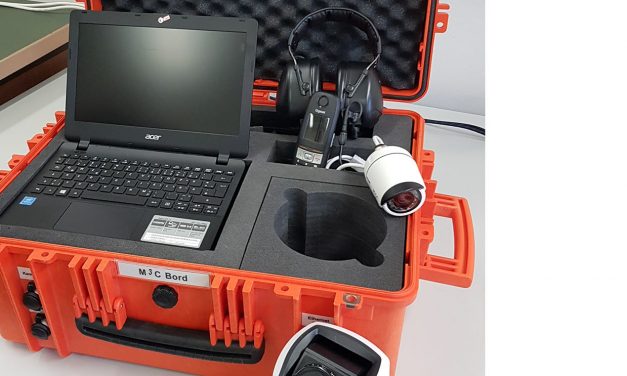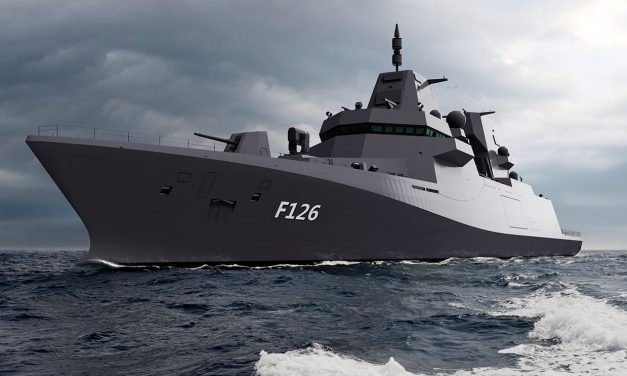"The shirt is short, but not too short!"
Interview with frigate captain Norman Bronsch, commander of the naval battalion The current naval battalion was reorganised in 2014 for national crisis preparedness. Its mission is to participate in military evacuation operations worldwide in the maritime environment and - as part of national and alliance defence - in amphibious operations. This requires capabilities for object protection on land and at sea, boarding operations and information gathering, as well as effective defence against explosive ordnance above and below water and the use of snipers. The geographical range of operations currently extends from Afghanistan, Mali and Djibouti to the Mediterranean and the Baltic Sea. Apart from the soldiers deployed there, there are permanent...
Weiterlesen






Recent Comments